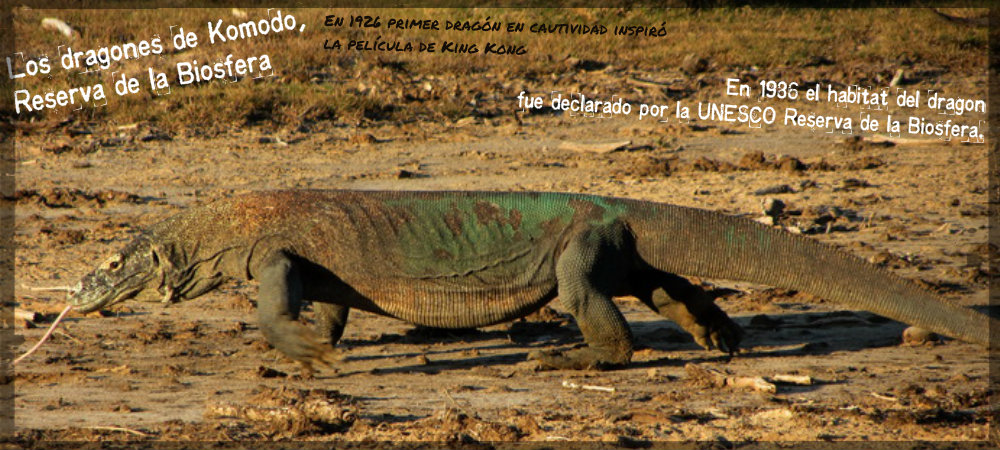-
A History of Dragons
Alfred Russel Wallace, British naturalist, possessing a bold willingness to pioneer and talent of a genius, spent eight years (1854-1862) for research and exploration of much of the Indonesian archipelago. Wallace was the first to identify and draw the line between biological Asia and Australia,

Wallace The Malay Archipelago
But Wallace, during his explorations and his course towards the island of Timor, passed over two small islets located in the Sape Strait separates Sumbawa and Flores, Komodo Island and Rinca. The strong current of the water, its rugged coastline and especially the few islands that receive rainfall – between 800 mm and 1000 mm – almost entirely covered by sheets, did not even attractive to wash the boats from that era engaged in trade and fisheries. Had noticed these two little dots on the map certainly would have strengthened his theory of evolution and adaptation of species to be filled with one of the biological mysteries of Indonesia, the Komodo dragon.
It was not until the early twentieth century when the secret of Komodo dragon revealed science. Hitherto he had been a mystery and a dark distorted legend stories of fishermen and sailors who passed by word of mouth stories and surprisingly aggressive creatures beyond natural logic.
In 1911 the Dutchman van Hensback, the service of the Dutch East Indies Navy after crashing his plane reached the shore by swimming in one of the islands of Komodo National Park today. A short time later he was rescued but during his stay on the mysterious island seemed to have fallen into a deep madness. He recounted an encounter with strange creatures, animals that do not look anything like those before seen and documented a large dragons attacking and devouring animals of the islands. The reality was not far from fantasy. The time clock marking the pace of evolution of large lizards was arrested around 4 million years. The Dragons then fancied as an indispensable link in the theory of evolution and return to the evolutionary origin.
The Dutch government – at that time Indonesia was a Dutch-colony soon send a scientific expedition to the region and shortly thereafter (1912) PA Ouwens conservative Zoo Bogor in Java, made the first description of the animal; later (1928) the American Douglas Burden, leader of an American scientific expedition to the area studied that year, conducted scientific cataloging and named the species, Komodo dragon.
In 1926 the first captive dragon inspired the movie King Kong
In 1986 dragon habitat was declared a UNESCO Biosphere Reserve.
With three meters long and 140 kilos of weight can measure and weigh an adult male is the largest of the monitor lizards. Komodo and adjacent islands went from being totally unknown to becoming one of the pearls of Indonesia and zoological stronghold of freedom must biologists and zoologists lovers of the great reptiles instead.
